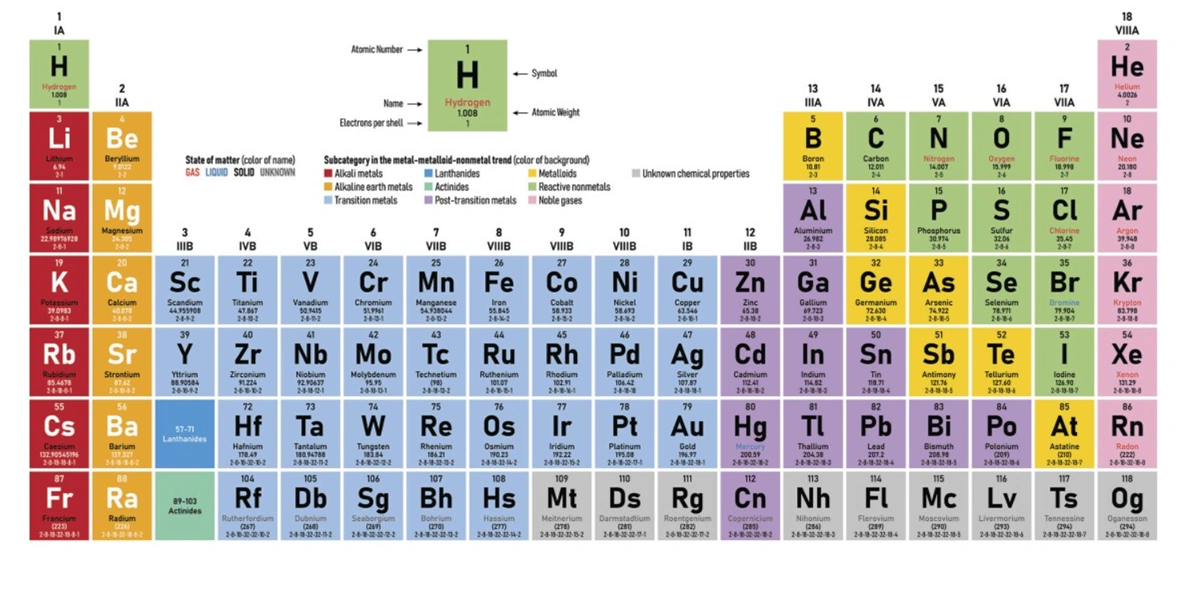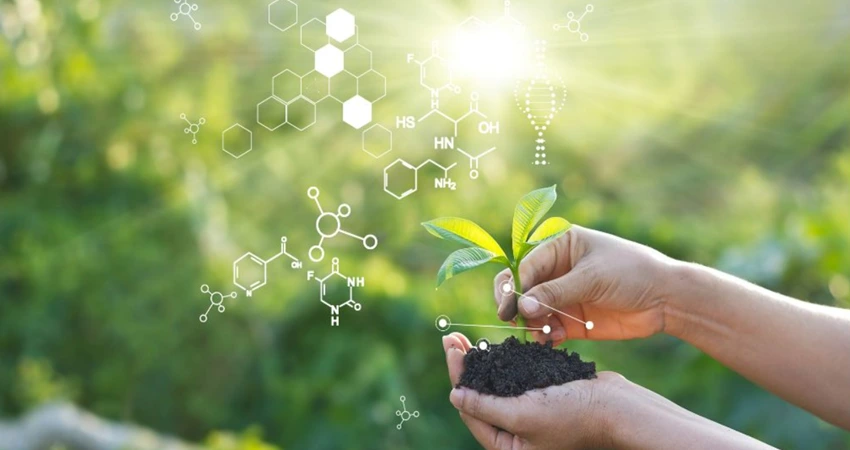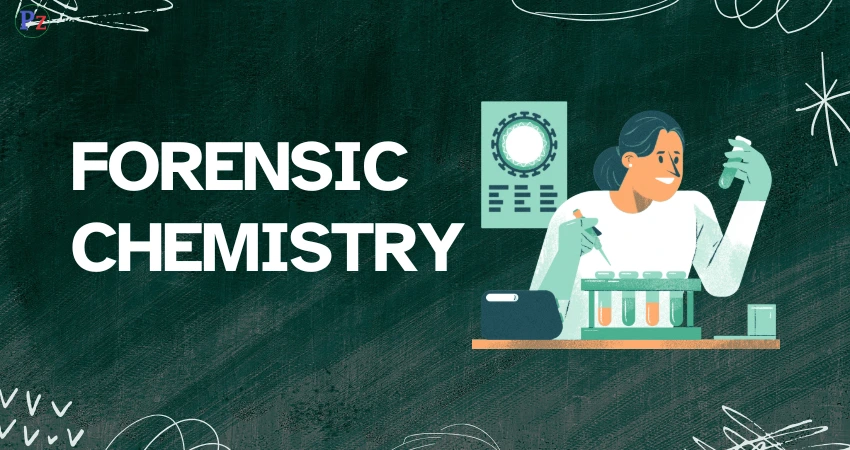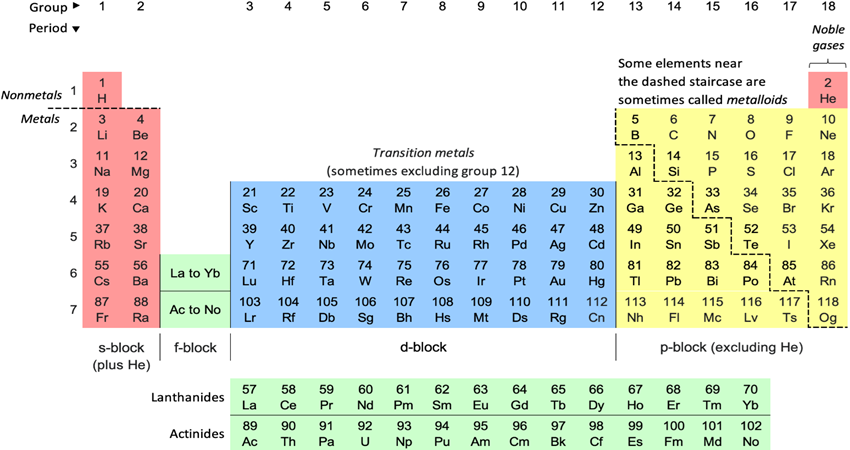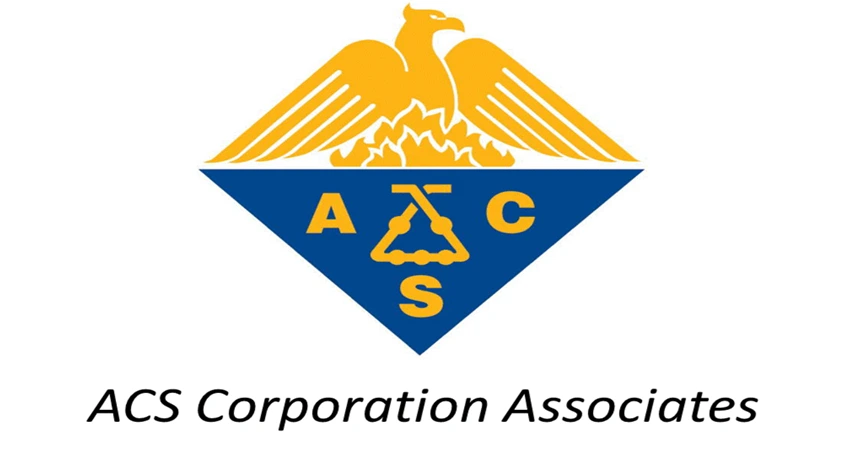Project-based learning (PBL) in environmental studies, particularly with a focus on chemistry, can be a transformative educational approach. By engaging students in real-world challenges, PBL not only deepens their understanding of chemical principles but also fosters a sense of responsibility toward the environment. Here’s a unique take on how to integrate chemistry into environmental studies through project-based learning:
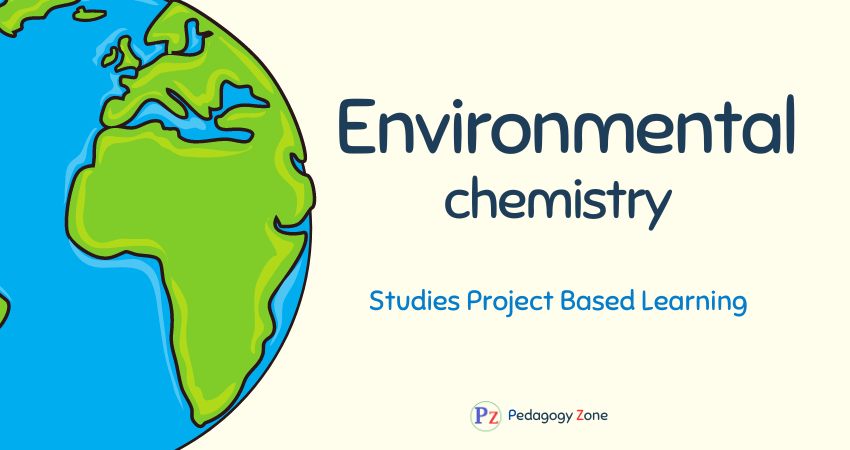
Project Idea: “Water Quality Analysis and Sustainable Solutions”
Objective: Students will explore the chemistry of water quality by analyzing local water sources, identifying pollutants, and proposing sustainable solutions to mitigate contamination.
Project Overview:
- Introduction to Water Chemistry: Begin with foundational lessons on the chemical composition of water, common pollutants (like heavy metals, nitrates, and phosphates), and their sources. Discuss the impact of these pollutants on ecosystems and human health.
- Fieldwork – Sampling and Testing: Students will collect water samples from various local sources, such as rivers, lakes, or even school taps. They’ll use chemical testing kits to measure parameters like pH, turbidity, dissolved oxygen, and concentrations of specific ions (e.g., lead, nitrates).
- Data Analysis and Interpretation: Back in the classroom, students will analyze their results to determine the water quality. They’ll compare their findings against environmental standards and discuss the potential sources of contamination. This stage integrates data analysis skills and reinforces the importance of accurate scientific measurement.
- Research on Pollutants: Each group will choose a specific pollutant found in their water samples and conduct in-depth research on its chemistry, sources, effects on the environment, and potential remediation methods. For example, if high nitrate levels are detected, students might explore agricultural runoff and its consequences.
- Sustainable Solution Design: Based on their research, students will propose and design a sustainable solution to reduce or eliminate the identified pollutants. This could range from developing a community awareness campaign to creating a prototype of a simple, low-cost filtration system using local materials.
- Presentation and Advocacy: The project culminates in a presentation where students showcase their findings and proposed solutions to peers, teachers, and possibly even local community members or environmental organizations. This not only builds their communication skills but also empowers them to advocate for environmental change.
Aspects of This Project:
Interdisciplinary Learning: The project seamlessly integrates chemistry with environmental science, geography, and even social studies as students consider the human impact on water quality.
Community Engagement: By focusing on local water sources, the project connects students with their community, making the learning experience more relevant and impactful.
Empowerment Through Action: The project empowers students to move beyond learning about problems to actively contributing to solutions, fostering a sense of environmental stewardship.
Hands-On Experience: PBL emphasizes active learning, and this project provides students with tangible skills in fieldwork, data analysis, research, and problem-solving.
| Read More Topics |
| What is the definition of combustion? |
| Alphabetically first gas on the periodic table |
| Write note on liquefied petroleum gas |
